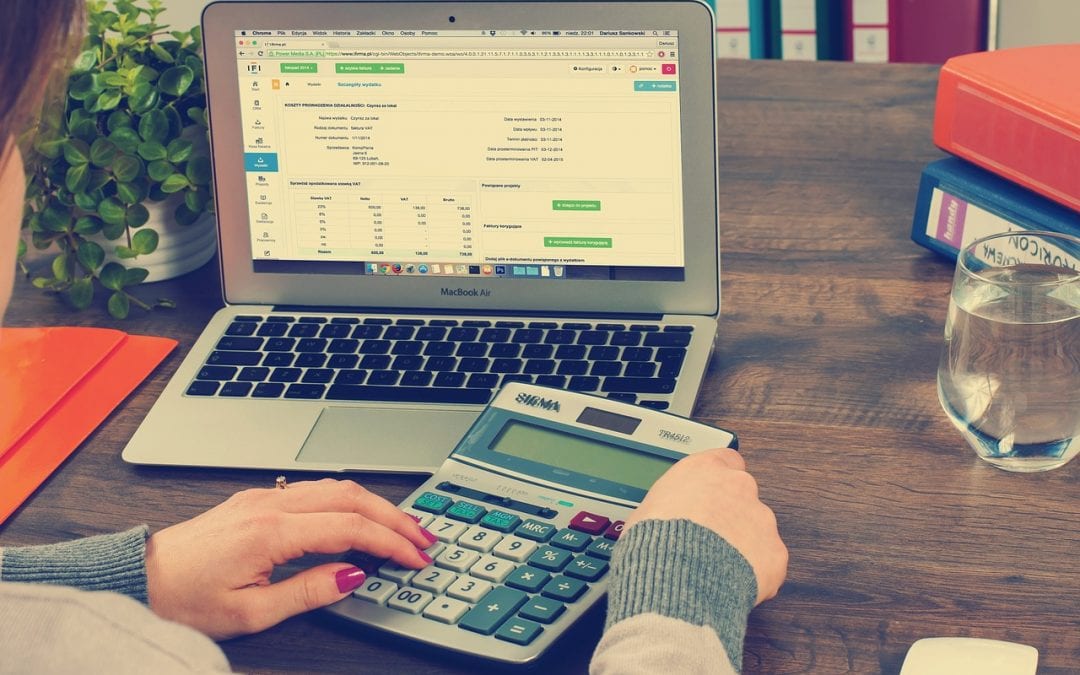Planning the budget for your volunteering trip to Cambodia is an essential exercise that you should do before you accept a project. While it’s pretty easy to calculate fixed costs (such as flight ticket, visa, travel health insurance and required vaccinations), the cost of living is where the hidden expenses are. These hidden costs can effectively demolish your planned budget if you’re not careful! Here are some suggestions to help you do the math on the overall expenses that could incur during your trip, as well as some tips on how to keep your budget under control.
Note: The prices listed below are in USD.
Accommodation
Hotels
There are numerous types of available accommodation in Siem Reap for pockets of various depths. Remember that costs for accommodation increase during the high season of November to March (and particularly for December and January). Here are the costs of different types of hotel rooms (per night):
- Shared dorm room: $5–10
- Basic private room: $8–15
- Mid-range private room: $20–25
- Luxury private room: $30+
Tip: You can negotiate for a better price if you’re staying long term (i.e., for longer than a month).
Rented studio apartments
Studio apartments are available only for people who are staying long-term (a minimum of one month). Usually the fee for electricity is extra (based on usage) and is an additional cost to take into consideration. Here are the costs of different types of studio apartments (per month):
- Essential studio room (includes fan and indoor bathroom): $100
- Basic studio room (includes air conditioning, hot shower, and WiFi): $180
- Mid-range studio room (includes balcony and kitchenette): $220–350
- Luxury studio room (includes swimming pool or gym): $400
Tip: Having a kitchen for cooking can help you minimise the costs of eating out. Make sure that your landlord provides you with pots, pans and the essentials to cook.
Eating out
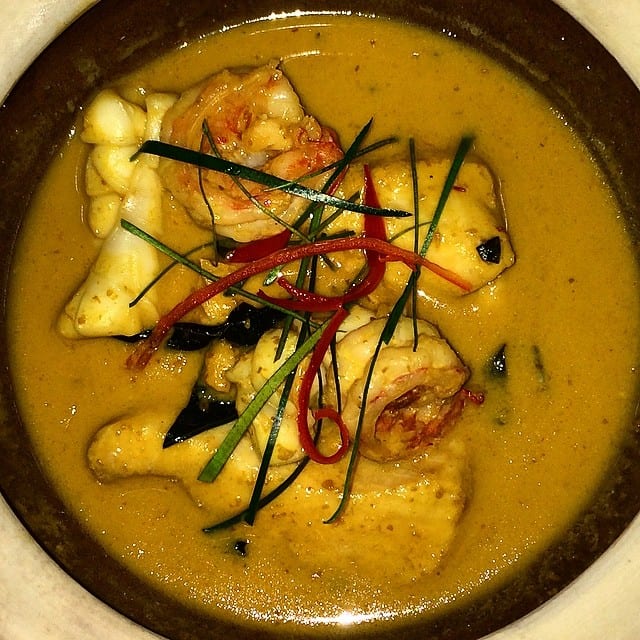
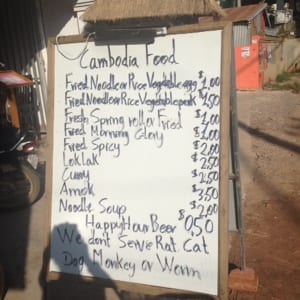 Most restaurants are targeted towards tourists and thus their prices tend to be higher. Here are the typical costs of a dish in various types of establishments:
Most restaurants are targeted towards tourists and thus their prices tend to be higher. Here are the typical costs of a dish in various types of establishments:
- Local food (street food style): $1.50
- Mid-range restaurant: $3.50–5.00
- Fine restaurant: $10.00–15.00
- High-end restaurant: $15.00+
Tip: If you manage to find local restaurants or street food that you like, the costs of eating out can be fairly reasonable.
Groceries
Western markets
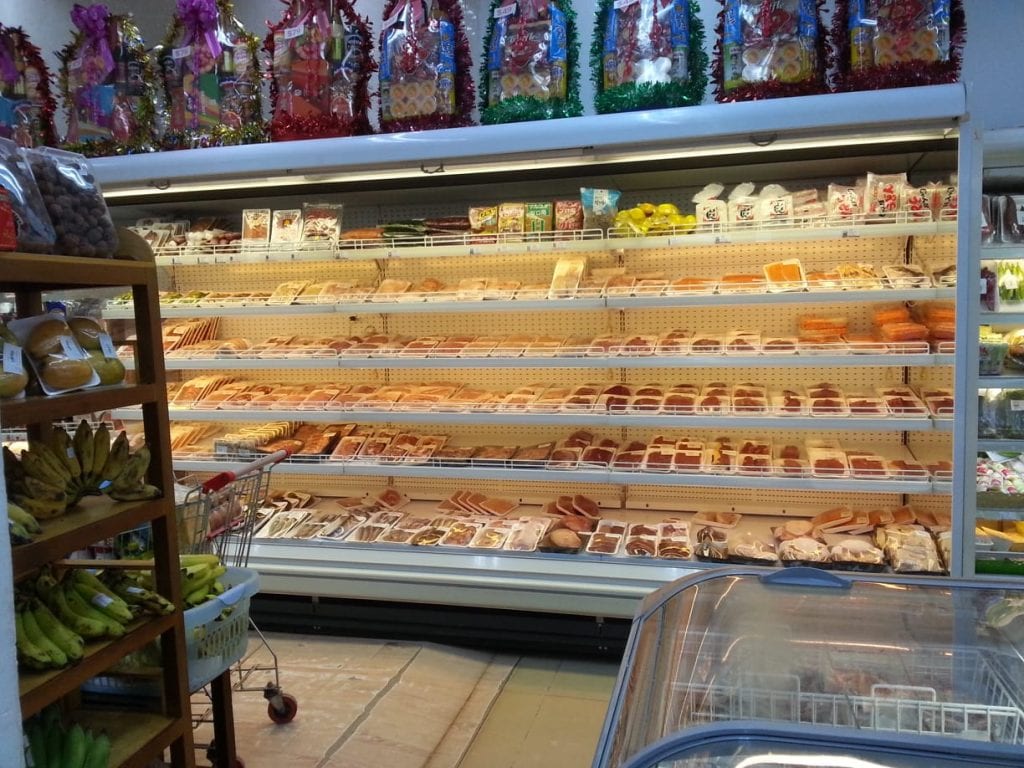
Buying food from western-style markets is expensive. In these markets, you can find the types of food that you’re used to buying at home, and the costs of such imported items are very high. To give you an idea of the costs of western groceries, here are some select items and their prices:
- Personal-sized yogurt: $0.90
- Eggs (6): $2.50
- Chicken: $18.00 per kilo
- Oatmeal: $4.00 per bag
- Coke: $1.00 per can
Tip: For health and safety reasons, we recommend shopping in western markets for food that needs to be kept refrigerated or in an indoor environment. This includes items such as dairy products, meat, fish, and eggs. For other types of items, you may safely shop in local markets.
Local markets
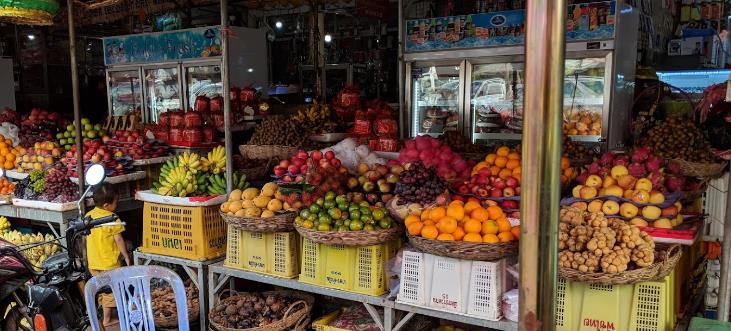
Local markets have a great selection of fresh veggies, fruits and rice. They also sell toiletries such toothpaste, shampoo, and brushes. Prices are very fair.
- Watermelon: $1.00
- Bunch of bananas: $0.85
- Tomatoes: $1.00 per kilo
- Colgate toothpaste: $1.10
- Pantene shampoo: $2.40
- Toilet paper (6 rolls): $2.00
Tip: By visiting the same stall over time and befriending the owner, you will be able to bargain for lower prices on items.
Transportation
The best way to get around in Siem Reap is via the tuk tuk (motorised rickshaw). Walking is only recommended for short distances because of both the heat and the lack of walking paths. Here are some typical durations of tuk tuk rides and how much you can expect to be charged for them:
- Short ride (within one mile in the city): $2.00
- Between the airport and the city centre: $8–10
- Half a day: $15–20
Tip: Using a bicycle is a great way to get around while keeping transportation costs low, as long as you can manage the stress of manoeuvring in the local traffic! You can buy a new bike for $50 or rent one for $1 per day.
Laundry
Laundromats offering services for $1 per kilogram of laundry can be found on every street corner. They provide basic washing and ironing services for any type of garment that can be returned within one day.
Tip: Choose a laundromat close to your place and ask to have it delivered to your home when it’s ready.
Drinking Water
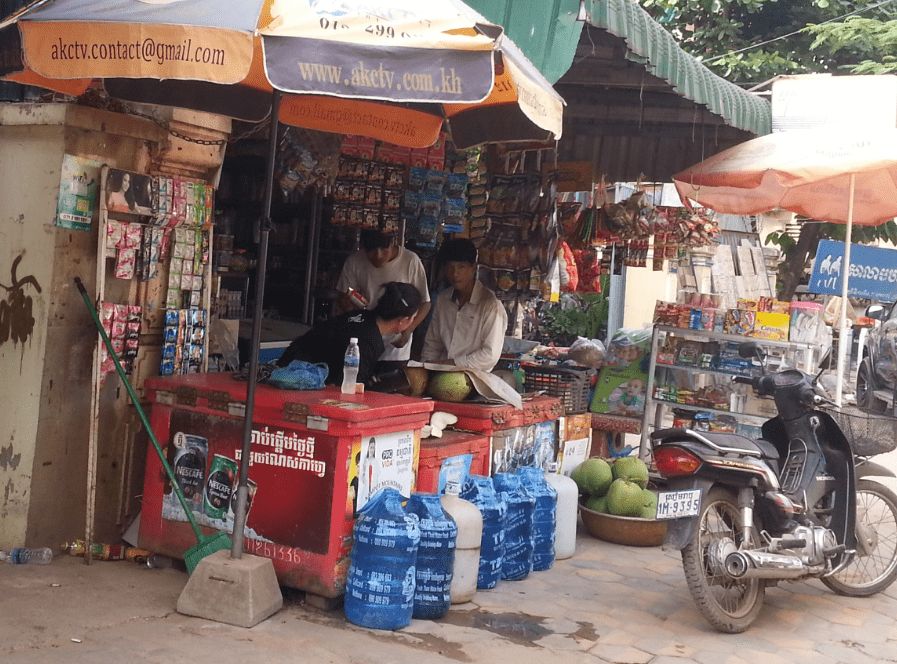
It is crucial to stay hydrated all the time and drink as much water as you can in Cambodia. Because of this, drinking can be a hidden cost that can add up in your expenses.
- 1 L of still water: $0.85–1.50
- 1 L of sparkling water: $1.50–3.00
Tip: We recommend you to purchase a 20 L bottle of water from any local corner shops. It costs $3.00 to purchase for the first time, and $1.00 to refill. It will save money and reduce the use of plastic in the long run.
Sim card
Smart, Cellcard, and Smartfone are mobile service providers that offer 3G service. By presenting your passport, you can have a pre-paid card activated on the spot.
- New sim card and activation cost: $5–8
- Top up with 5 GB of data, minutes and SMS (for a period of 30 days): $2
Tip: Avoid the traveler sim card, which is designed for short-term visitors. Ask for a regular sim card, which offers better rates.
Sightseeing and travelling
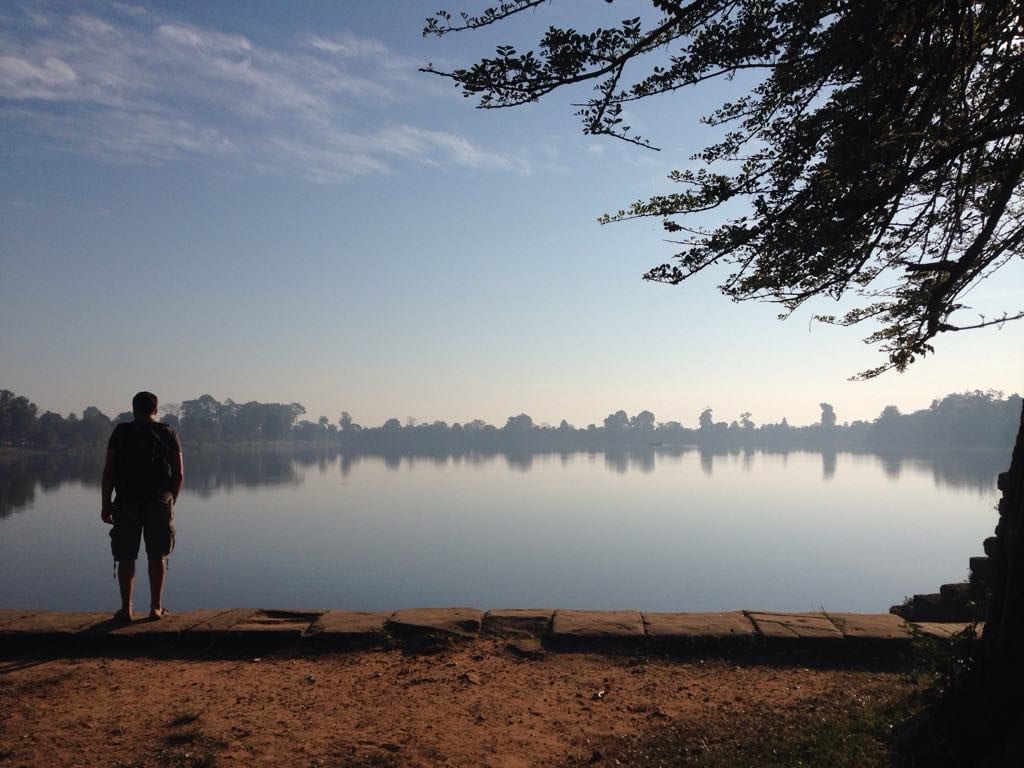
Having come all the way to Cambodia, you’re going to want to visit well-known landmarks and do some sightseeing! Here is a list of what you may want to see and do in Siem Reap:
- Angkor Wat (one day ticket): $37
- Tuk tuk to Angkor Wat (full day): $20
- Angkor National Museum: $5
- Air-conditioned bus to Phnom Penh: $16
Other tips to keep expenses low
Speak Khmer
Locals and travellers are often charged different prices. It’s an unwritten rule but it applies to almost everything, from hiring a tuk tuk to renting a room. A trick would be to learn some basic words in Khmer, which may help you obtain cheaper rates.
Avoid the city centre
Life is more expensive if you live in the city centre, which is usually within the ring road area or an area closer to touristic places, restaurants and pubs. Living in the outskirts of the city is a good way to keep living expenses down.
Make friends
Go to the same market stalls and laundromat, stay in the same guest house, use the same tuk tuk driver—by staying in town long term and befriending shop owners and employees, you can build relationships and haggle for discounts.
Note: Costs are updated as of November 2018 and may vary during the high season (November–March).
